By Lawrence Haywood, Mar 1, 2025
Right in the middle of Hue, Vietnam, on the north side of the river stands a sight as imposing as it is beautiful. The Imperial City of Hue saw much action throughout the Nguyen Dynasty, which ran from 1804 to 1945, starting with the inauguration of the ambitious Emperor Gia Long and ending with the abdication of Emperor Bao Dai, the last of Vietnam’s ruling elite. During that time, Hue saw a meteoric rise to become the capital of Vietnam, and much of the attractions there today are centered around its history and the culture that arose from the emperors’ feudal lifestyles.
Nowadays, Hue holds none of the power that it once did, but there are several reasons to visit this fantastic, regal city in the geographical center of Vietnam. Here is our list of the top 10 best things to do in Hue brought to you by Incredible Asia Journeys.
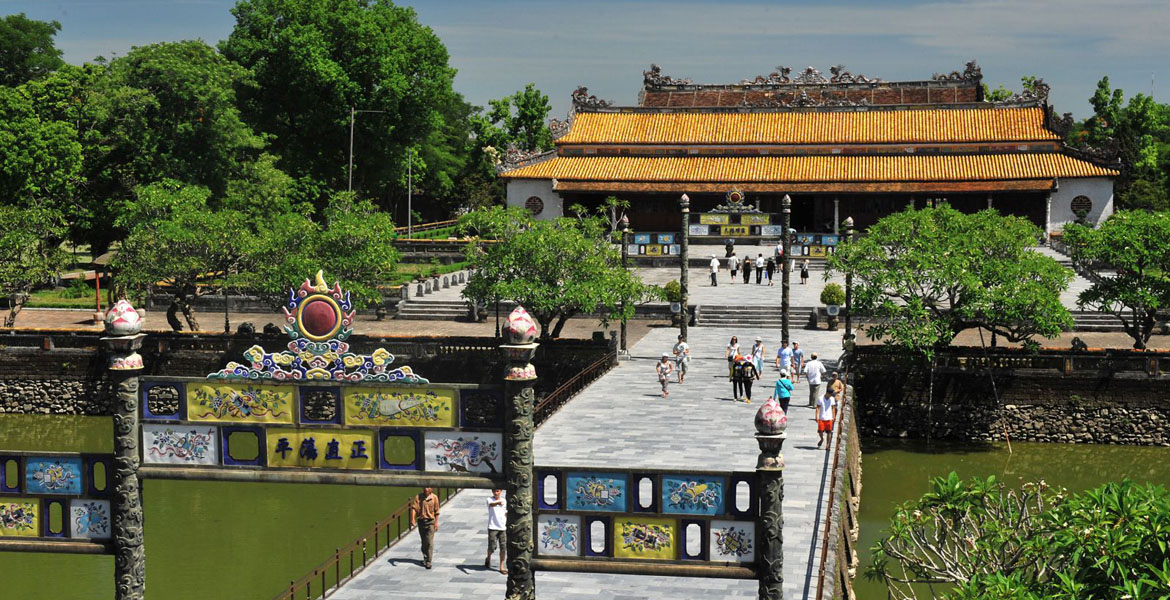
Ngo Mon Gate to Hue Citadel
Vietnam’s last dynasty ended about eight decades ago, and many like to say that Hue’s seat of power is still warm. The Imperial City is, naturally, Hue’s biggest attraction, and certainly an unmissable stop for history buffs and regular travelers alike. Recent damages sustained from the French War, the occupation by Japan and the American War have rendered the Imperial City a shell of its former self; the 160 buildings that were once here have become about 10 major sites, but even this was enough to earn the Imperial City its UNESCO designation in 1993.
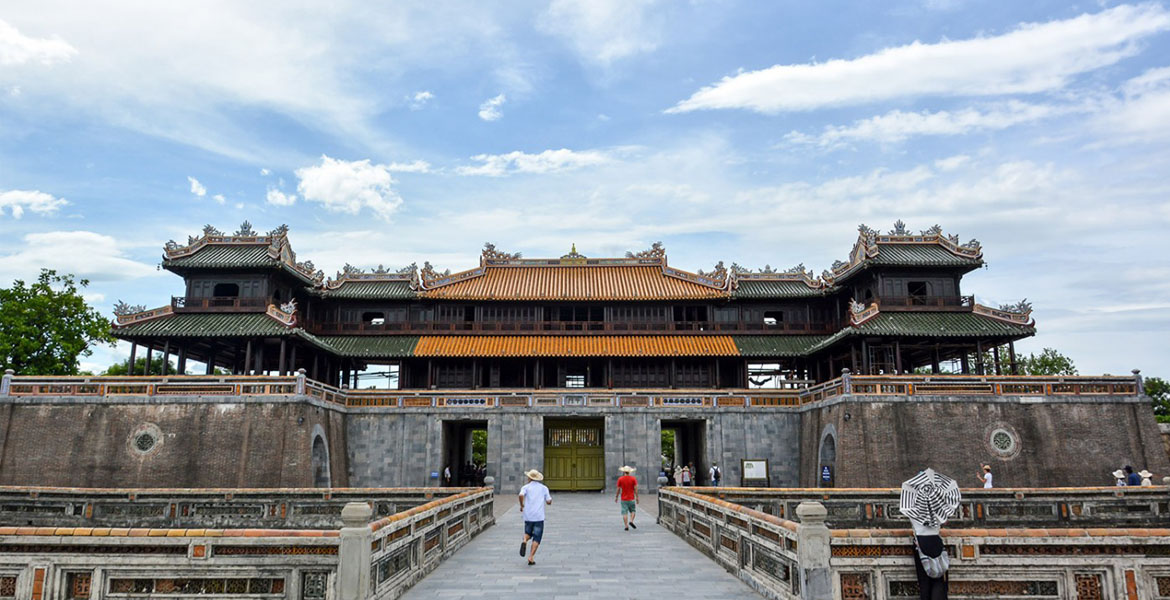
The Purple Forbidden City
Even with much of the city ravaged by war, there is still a huge amount to see and intensive tours can last about a day. Through its gates, dynastic urns, gardens, pavilions and outer and inner courtyards, visitors can see a breadth of feudal history extending over 200 years. Alongside this, the temples and shrines within its walls tell of Hue’s relevance as a religious center in the country, one where a divine power was seen to govern the acts of the resident Nguyen Dynasty. The Purple Forbidden City within the walls of the Imperial City was its enigmatic center, accessible only to important members of the Nguyen Dynasty but now open to the public for a fee of 150,000 VND ($6.50).
Differing from Beijing’s famous Forbidden City, Hue’s own regal residence faces south-west, directly onto the Perfume River, which is Hue’s lifeblood leading inland from the East Vietnam Sea. The name stems from the perceived fragrance of the river brought about by the water’s passage through aromatic forests before it reaches Hue. You can test out this theory for yourself on a boat tour of Hue; companies such as Experience Travel Group offer 4 to 5-hour tours by boat, soaking up views of the city and the outer-lying hills as well as paying visits to some of the tombs of past emperors throughout Hue's feudal life.
There is still much to be seen in modern Hue on the banks of the Perfume River. Walking or cycling along parts of the river is easily done and offers excellent views over the coursing waterway. Paths lead to some hidden gems, including several handicraft villages and small rural enclaves if you follow it for long enough, but the standout attraction, 4km southwest and totally reachable by bicycle is the Thien Mu Pagoda. This regularly tops lists of the top things to do in Hue for its long history and its aesthetic appeal overlooking the fishing boats of the Perfume River.
If you eager to visit this place, check out our Hue City Full Day Tour to explore Perfume River and many other Hue tourist attractions!
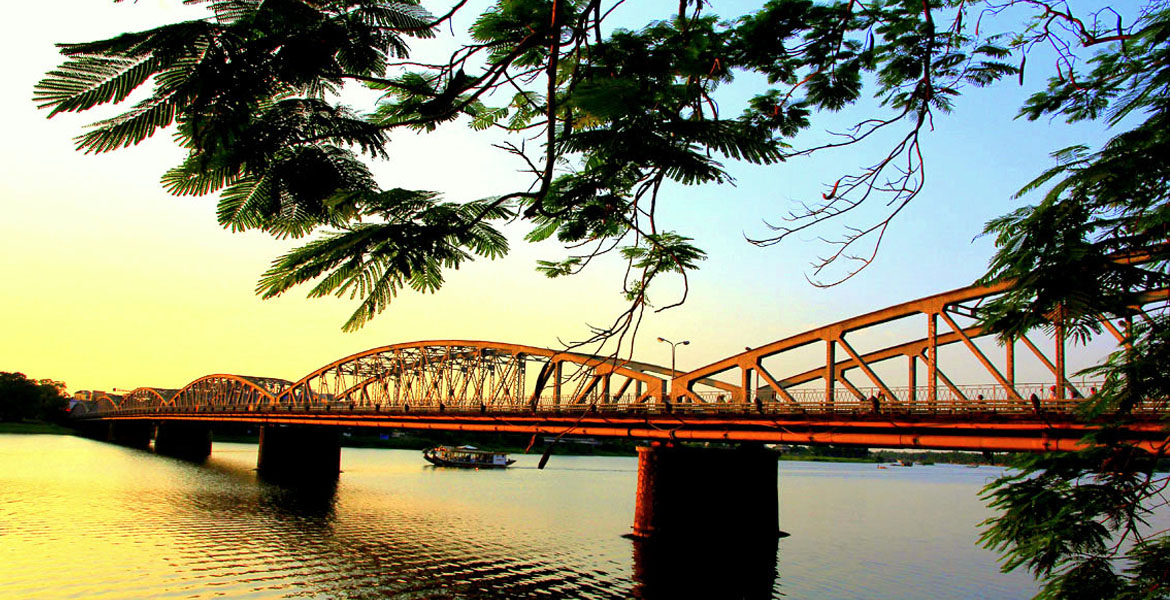
Perfume River and Trang Tien Bridge
Located almost perfectly in the centre of the country, Hue is just 100km south of the Vietnamese DMZ, the demilitarized zone marking the historical divide between North and South Vietnam. Established after the First Indochina War in which North Vietnam’s Viet Minh regime ousted the French, the DMZ separated the communist Democratic Republic of Vietnam from the capitalist Republic of Vietnam. The DMZ lasted until the exiling of the Americans and the Southern Vietnamese after the American War and is now a symbol of rebellion, communism, and for the North Vietnamese, victory.
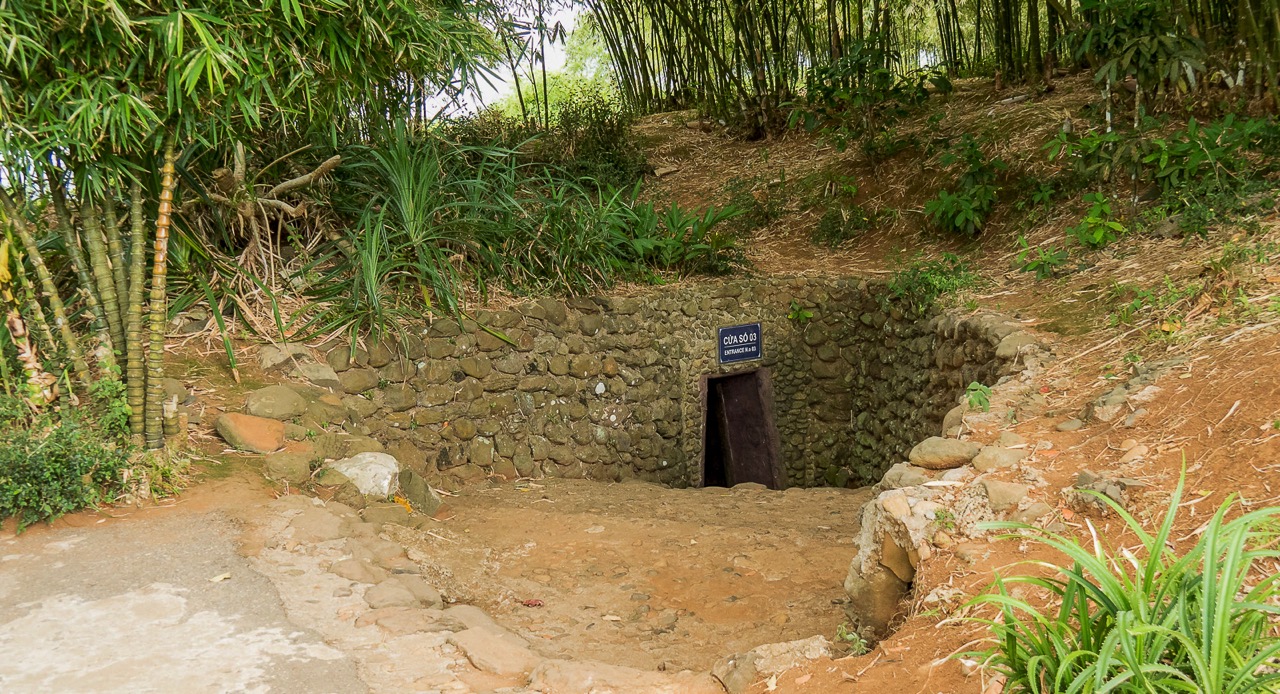
Demilitarize Zone
Tours to the DMZ from Hue are best done on an all-day trip, usually leaving at about 6 am and returning at 6 pm. Tours contain many sites of historical interest including the former U.S. military base of Khe San, which features impressive war wreckage and a museum, along with the Vin Moc Tunnels, similar to Saigon’s Cu Chi Tunnels where troops and civilians hid, schemed and lived during the American War. Along with these impressive sites are the typical non-sites, such as the Ho Chi Minh Trail, which is now a paved highway, and the once-fortified Ben Hai River, which is now just a river. Self-organised tours are an option for serious history buffs and a bit of research can help you pinpoint the worthwhile stops with a private driver or by yourself via motorbike.
Many of the travelers who visit Hue often have no idea of its culinary relevance in ancient and modern Vietnam. The old dynasties residing in Hue prompted the city’s infatuation with food, as more lavish meals weren’t to be had anywhere else in the country. Locals will tell you that over half of the recognized dishes across modern Vietnam come from Hue, invented by feudal lords who had the time and wealth to provide chefs with everything they needed to get creative.
Since finding their origins in the palace, these regal dinners have made it down to street level, to the ladies in pajamas selling meals from a glass cabinet by the road. The bridging of the gap between rich and poor with this food is quite remarkable and it has led to the rapid spread of Hue’s specialties throughout the country, which now garners a nationwide perception as some of the best food in Vietnam. Absolutely one of the best things to do in Hue is to join a food tour that will take you through a smorgasbord of meaty Bun Bo Hue, salty Banh Khoai, Sweet Soup, and literally hundreds of others on offer; achievable through a reliable company like Taste of Hue.
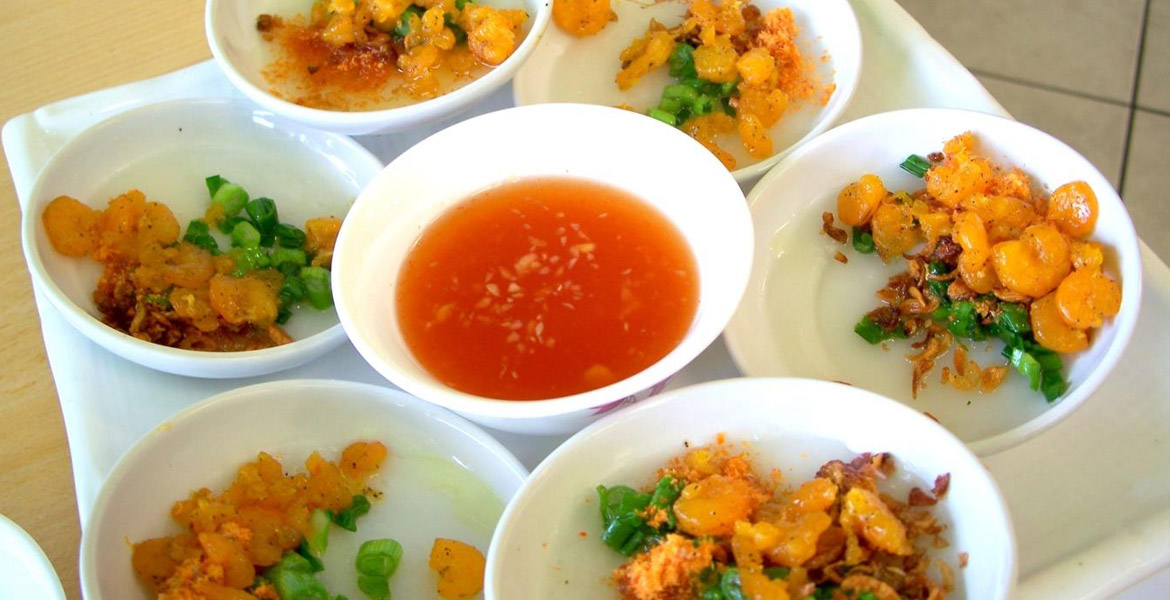
Banh Beo
Despite Danang’s Beach being its biggest draw and the crowds that gather on the beaches of Hoi An leaving sand at a premium, you’ll find a very different atmosphere in their Central Highland neighbor of Hue. Thuan An Beach lies on the Northeast outreaches of Hue, where the Perfume River meets the East Vietnam Sea. It is Hue’s most popular beach, but at over one kilometre long, there is still plenty of space. A lot of this is aided by the complete absence of development, which is an amazing achievement for Hue considering the huge companies that have privatized parts of Danang and Hoi An’s beaches.
There is a similar picture to be found at Tam Giang Lagoon, located over the other side of the Perfume River and recipient of three different water systems in the Perfume, O Lau, and Bo Rivers. Boat tours here are exactly how they should be, on humble fishing vessels with locals who will point out the interesting features of Southeast Asia’s largest lagoon as best they can. It’s harder to name a more natural, authentic thing to do around Hue than a visit to these (as of yet), very underdeveloped and incredibly genuine sites.
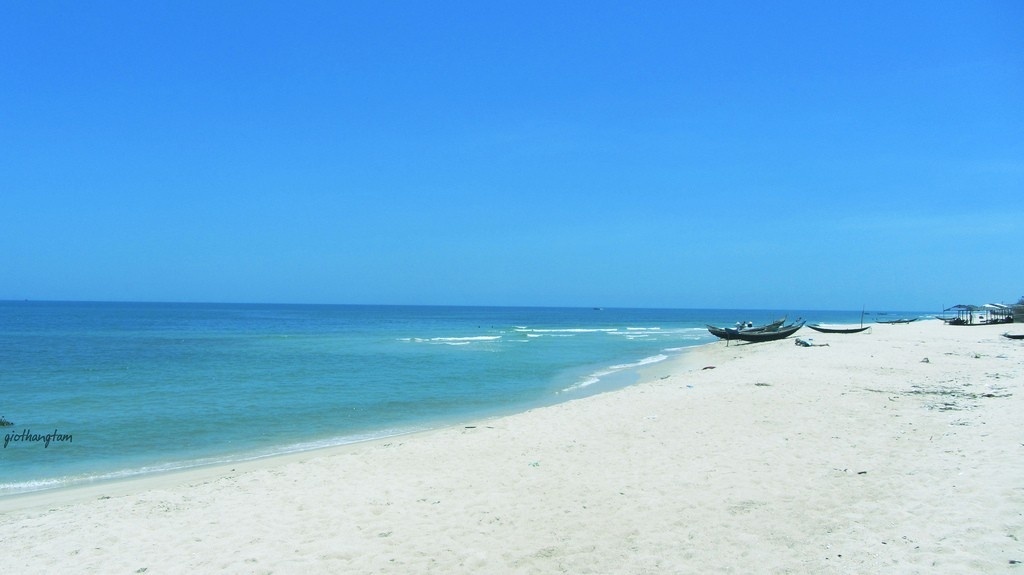
Thuan An Beach
7 km from the center of Hue lies the perfect example of when ambition comes to nothing. Simply going by the name of the ‘abandoned waterpark’, the enormous curved dragon sitting in Thuy Tien Lake is in a state of complete disrepair and is a physical reminder of the need for perseverance in your goals. The banks of the lake, including the lake itself, were designated to become a waterpark, with $3 million and four years of labour being sunk into the project during the late 2000s. By 2011, the company in charge had completely backed out, leaving a massive debt and the Jurassic-like remains of a rapidly rusting amusement park that never opened.
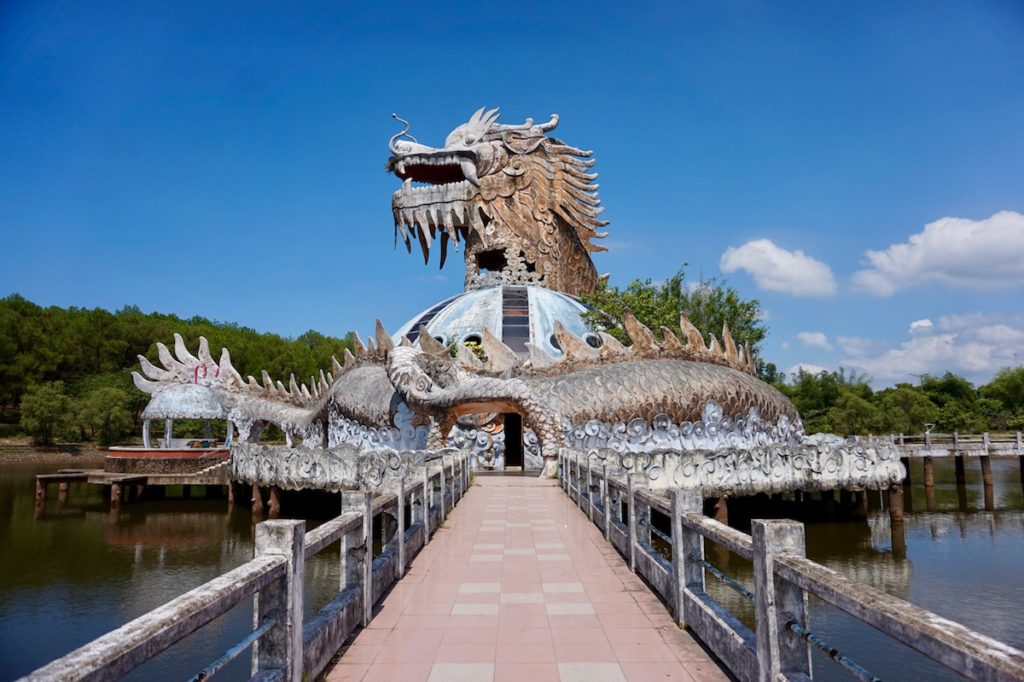
Abandoned Dragon Waterfall
As of now, Thuy Tien Lake gets more visits by ‘urban explorers’ than it ever did as a waterpark. There is a creepy but amazing atmosphere running throughout the eerie park, even if it has become one of the must-do activities in Hue for backpackers and, thus, does not have the same feeling of discovery that it once did. Visitors can see the initial stages of some amazing designs, as well as fully completed water slides that were never ridden and are now overrun by moss and plants. Hue’s government are concerned about the safety of the park, but not enough to enforce much in the way of security, meaning gaining access should be fairly easy for the adventurous.
The theme of French hill stations runs throughout the country, and Hue is no exception. The lofty heights of national parks such as Ba Vi and Tam Dao in the North, along with Hue’s own offering of Bach Ma, historically provided the French with a cooler climate to which they could escape for the sweltering summers. If you have planned the best time to visit Hue Vietnam in mind, then add this site into your bucket list. Bach Ma National Park, as well as being high in altitude, is a stunning example of unblemished nature around Hue and a constant surprise for tourists who come for the history and leave with a view of Hue’s lush greenery stretching up and out for miles in its rural areas.
Even so, history can be found in the various French villas and churches, all of which hint at the kind of opulent lives Vietnam’s former colonists enjoyed at Bach Ma. The main draw, however, is the scenery, and the waterfalls in particular that create idyllic images of paradise. At Do Quyen, Tri Sao and Ngu Ho, you can discover exactly why the French wanted to make this their rural home, while from the peak of the amazing Vong Hai Dai mountain, you can look down upon Canh Duong Beach, Cau Hai Lagoon and the beautiful coast that encloses them. The wealth of opportunities here really helps Bach Ma top the list of Hue’s best attractions for nature lovers; with one-fifth of the country’s flora and chances to see the incredibly rare Sao La antelope, only recently discovered in 1992.

Bach Ma National Park
The fertile banks of the Perfume River and its many run-offs have benefitted more than just the city of Hue. Several villages that settled around the river system have developed in time, but practice traditional crafts in the same manner that they would have tens or even hundreds of years ago. In Vietnam, entire villages can specialize in, and become famous for, one craft; the plethora of villages around Hue have made names for themselves in several different crafts that are exported around the country and even some around Asia.
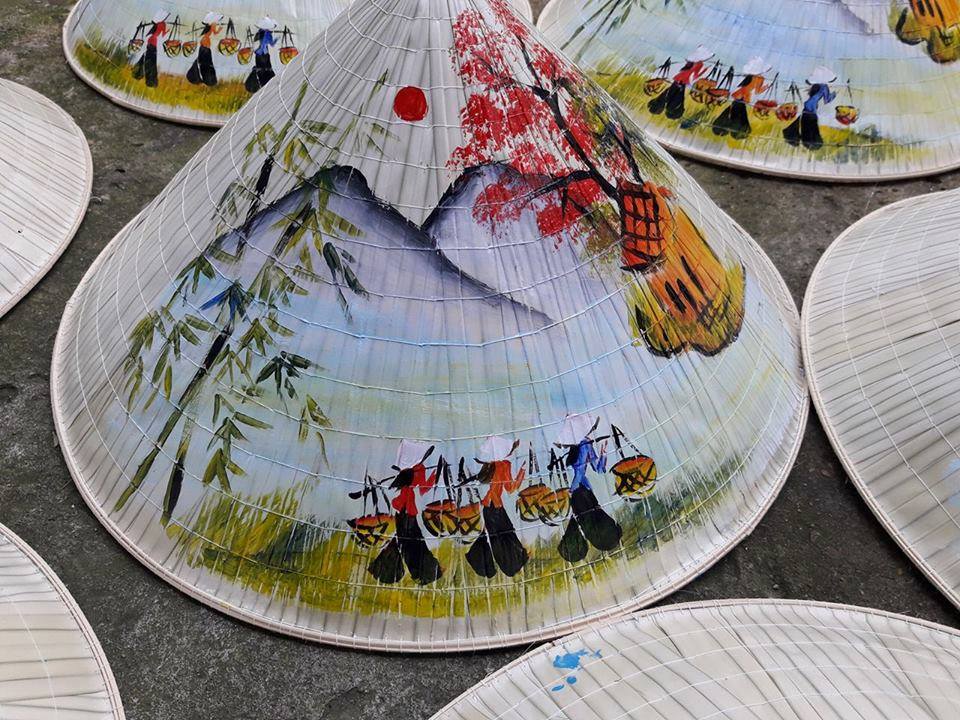
Non Bai Tho
The most recognisable of these will be the Non Bai Tho. If it doesn’t sound familiar, it will certainly look familiar, as it is the conical palm leaf hat that has become emblematic of Vietnam throughout its history. The conical hats of Tay Ho Village near Hue are known for the poems and evocative images that are stitched into the sides of them, making them hugely popular for souvenirs and for practicality against the beating sun and lashing rain. The A Luoi District near the Laotian border is known for Zeng textiles; black, white and red patterned cloth worn by members of the Ta Oi minority group, while Thanh Tien Village is famous for its paper flowers, Chuon Village for its beautiful calligraphy and Sinh Village for its folk paintings. There’s plenty of authentic souvenirs to be found around Hue!
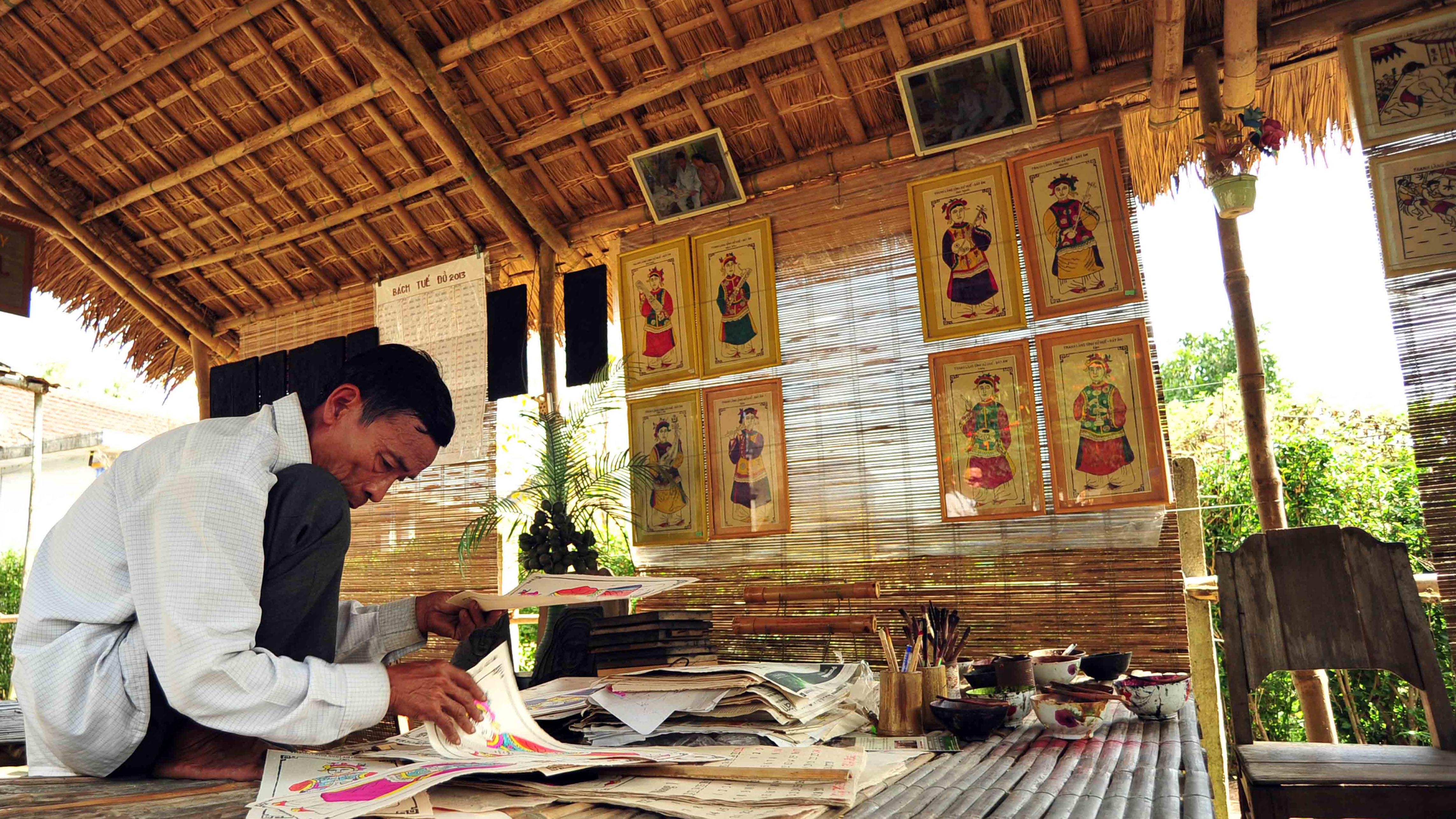
Sinh Folk Village
Overlooking a split in the Perfume River, Dong Ba Market stands as one long building housing enough stalls to make this the largest commercial center in the province. Markets are intrinsic to Vietnamese culture and a buzzing hive of activity can be found at Dong Ba; this particular one is a standing relic from 1899, completed by the ruling monarch at the time, King Thanh Thai. One of the top things to do in Hue Vietnam for shoppers is to spend an afternoon flitting around the stalls, bargaining for souvenirs, and trying the delicious food on offer.
For the more intrepid tourists, you might want to rise early and see the incredible scene of the morning market, beginning at 3 am in low light and with hushed voices. For the average tourist who enjoys a lie-in, you still have until 8 pm to shop around Dong Ba, though about an hour at midday is allotted for vendors to sleep. This is a great place to shop for the famous handicrafts from Hue’s outlying villages, as well as indulge in Hue’s unique food scene, with widely-known and completely unknown dishes offered in its impressive food court, near all manners of fresh fruit, vegetables and sweets. The top floor is reserved for clothing and great deals can be found on the textiles of the region such as Zeng.
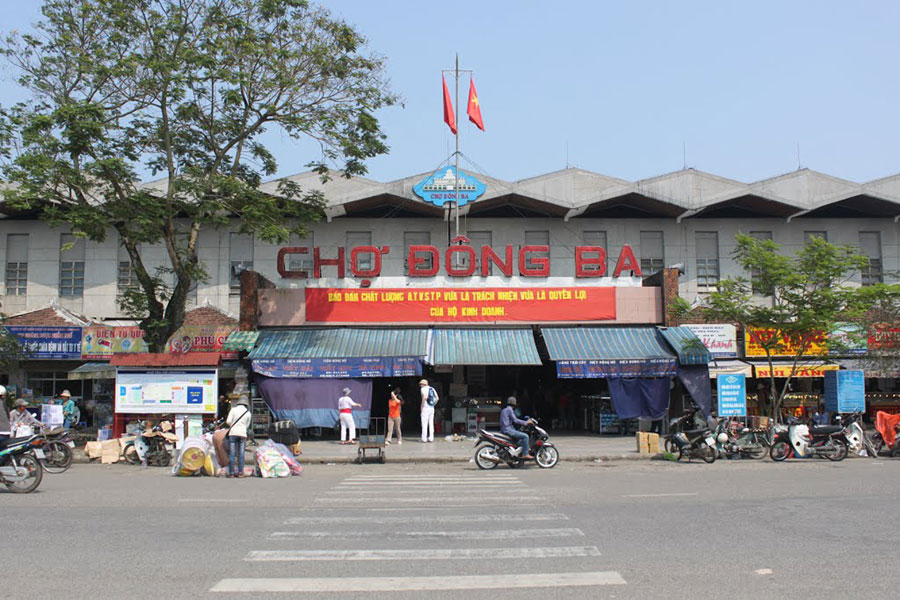
Dong Ba Market
As with most of Hue’s top attractions, its hidden garden houses are a product of its dynastic history, as many of Vietnam’s wealthy rulers would create quiet gardens for contemplation and study. The many that were once present around Hue have befallen one of three fates: decimation during the American War, being sold by descendants when the price of their land skyrocketed, and falling into total disrepair. Of the few that remain, you can find brilliant examples of ancient architecture in very picturesque settings that are brimming with historical value.
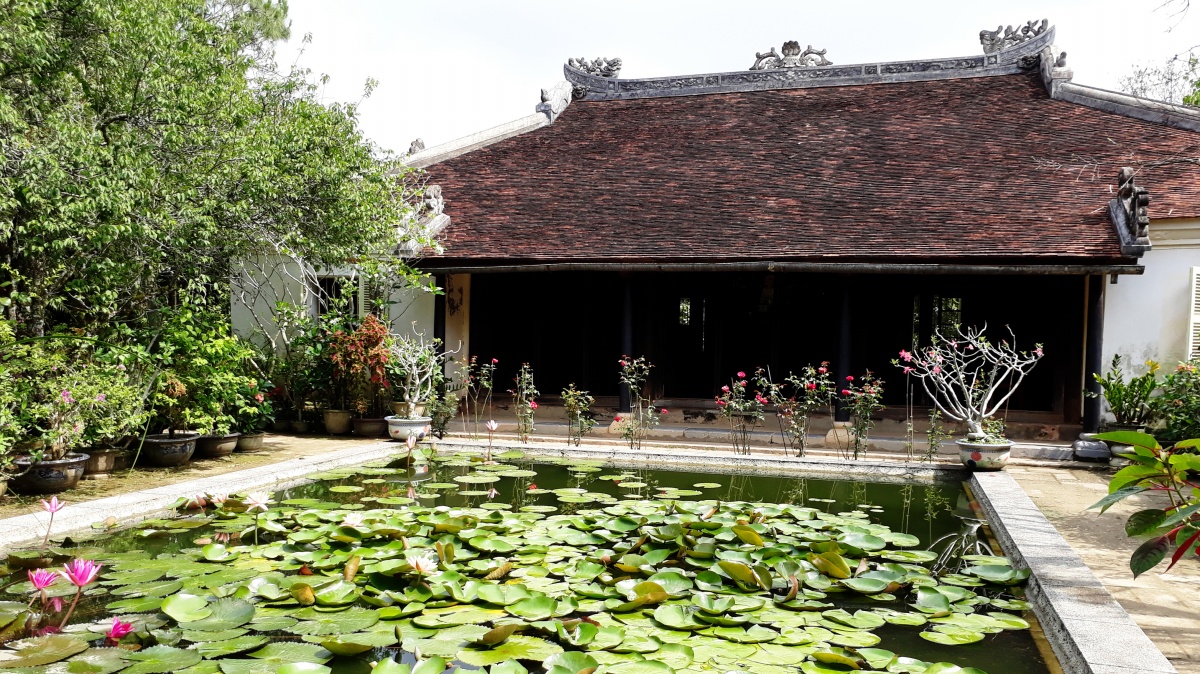
An Hien Garden House
An Hien House is one of the best examples, constructed in 1895 for the 18th daughter of Emperor Duc Duc. Though the house has changed hands many times over its history, each owner has been committed to its preservation, resulting in a fantastic specimen of ancient Vietnamese architecture containing the feng shui arrangement of plants and a lily pond in its garden.
Along the same spiritual line is Lac Tinh Vien House, the symmetrical layout of which is based on long-held beliefs and superstitions, while Tinh Gia Vien Garden House contains an expansive collection of bonsai trees and even a small, rocky waterfall.
From other regions of Vietnam trip to Hue? Check out the blogs below: